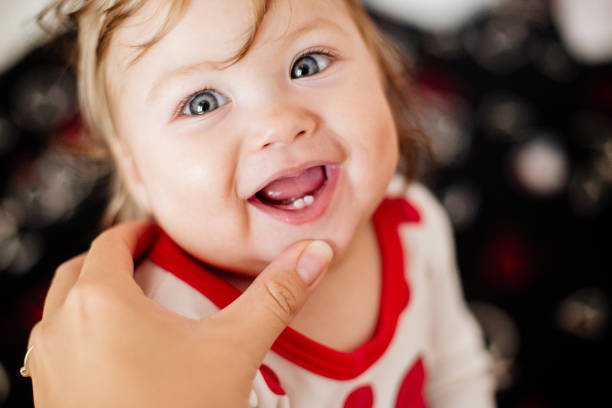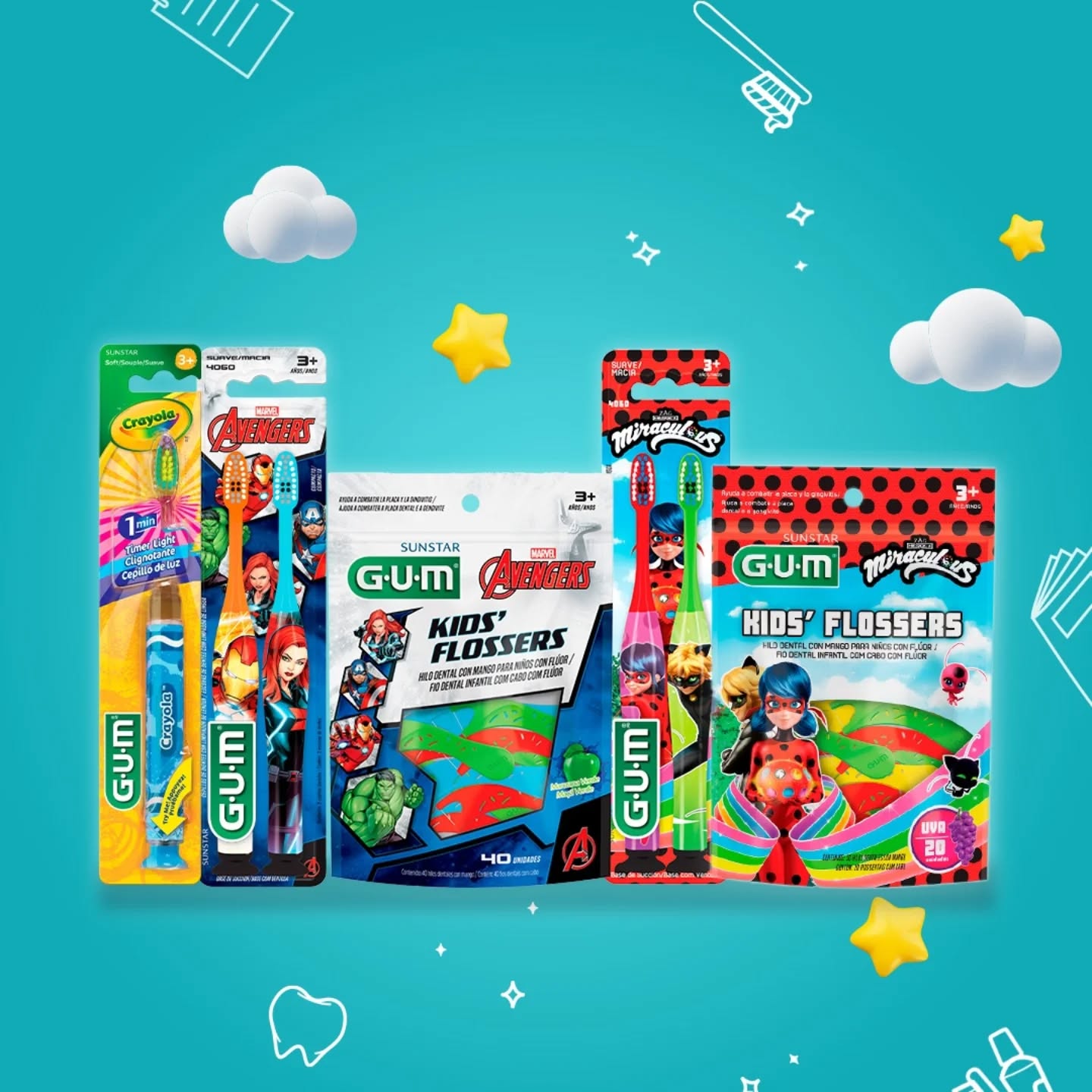The most common mistakes in children's oral health (and how parents can avoid them)

Ninety percent of Colombian children have had cavities before the age of five, according to the Fourth National Oral Health Study (ENSAB IV). Although the figures are alarming, many parents still believe that dental care during childhood can wait.
"He doesn't have teeth, so there's no need to brush his mouth," some say. Others think that "baby teeth don't matter because they'll fall out anyway."
These and other myths are deeply rooted in family culture and are leading a generation of children to face preventable oral health problems.
“The most common mistakes parents make are not brushing their teeth because it's difficult to do with children , allowing excessive sugar consumption, not going for regular checkups, and assuming that baby teeth shouldn't be cared for because they'll fall out ,” explains pediatric dentist Dr. Lina María Rueda Vargas.

Rueda highlights the educational work of pediatric dentists to facilitate the process with children. Photo: Courtesy of Dr. Rueda.
The "baby tooth doesn't matter" myth is one of the most dangerous misconceptions.
Baby teeth not only allow for proper chewing and language development, they are also essential guides for the correct eruption of permanent teeth.
“Neglecting them can lead to cavities, pain, infections , and orthodontic problems in the future,” warns Rueda.
Furthermore, lack of care leads to negative experiences from a very early age, which often leads to fear of the dentist or a rejection of hygiene routines.
On the other hand, starting children's oral health care late is another common mistake. Many parents believe they only need to worry about brushing when the first tooth appears.
However, oral hygiene should begin at three months of age, even if there are no visible teeth yet. "You should clean your baby's mouth with a moist gauze pad or a silicone finger cot at least once a day," explains the specialist.
The toothbrush and toothpaste should be used as soon as the first tooth emerges (between 6 and 8 months of age) with a minimal amount of toothpaste (half a grain of rice) and brushed twice a day. "Later, a third brushing at midday can be added," she adds.
Also serious: letting children brush their own teeth too soon. Many want to be independent with the toothbrush, but it's common for parents to give in and not supervise brushing.
"Until children are 8 or 10 years old, their fine motor skills aren't fully developed. That's why they need adult support and reinforcement to ensure effective hygiene," Rueda explains.
Ideally, let the child participate, but have an adult finish the brushing. It's not enough to simply "teach" them; you need to make sure it's done correctly.
Delaying a visit to the pediatric dentist is another mistake that can cause serious damage. The first dental checkup should take place before the child's first birthday.

Oral hygiene should be a priority even before teeth erupt. Photo: iStock
However, many parents don't consider it necessary until there is an obvious problem. The first appointment is not for invasive procedures, but rather to educate parents and caregivers about their baby's oral care.
Visits should be repeated every six months. "For children at high risk for cavities, it's ideal to visit every three months," suggests Rueda.
Parents also often overlook signs such as bleeding during brushing or staining of teeth. "If a tooth begins to show a white, yellow, or brown stain, or has a small cavity, it's time to consult a doctor. Conditions treated early have simpler solutions," the expert says.
Choosing just any toothpaste is a mistake. Not all toothpastes are suitable for children. Many adult formulations have fluoride concentrations not recommended for children under two years of age and strong flavors that cause rejection.
If a child swallows an adult's toothpaste, may develop fluorosis, which is an alteration in the formation of tooth enamel, which manifests as stains or discolorations.
That's why Dr. Rueda insists on using products specially formulated for each age , with friendly flavors and textures, and in appropriate quantities. "Using the Paw Patrol or Avengers brush makes a big difference because it motivates them. Everything should be adapted to their stage and be part of the game," she says.

Dr. Rueda recommends GUM for its extensive catalog of children's products. Photo: Courtesy of Dr. Rueda.
Along these same lines, there's the myth that "flossing is only for adults." Flossing should be introduced from the moment two teeth touch each other , which can occur as early as two and a half years of age.
To make it easier, there are children's flossers (dental floss with a handle) that come in bright colors, pleasant flavors, and with animated characters.
"It's a habit that should also be developed from a young age. There are tools designed for them that facilitate this process," says Dr. Rueda.
In addition to preventing cavities and malformations, a healthy mouth directly influences a child's self-esteem and general well-being.
For Rueda, oral hygiene education from early childhood not only builds good habits, but also contributes to raising more confident, independent, and healthy children. "When we teach a child to take care of their mouth through play, we build self-esteem and long-term well-being," she concludes.
In oral health, prevention will always be more effective, and less painful, than cure. And in this process, the role of parents is not secondary: it's decisive. It's not enough to simply care; you have to know how to do it.
ANGELA MARÍA PÁEZ RODRÍGUEZ - SCHOOL OF MULTIMEDIA JOURNALISM EL TIEMPO.
eltiempo



%3Aformat(jpg)%3Aquality(99)%3Awatermark(f.elconfidencial.com%2Ffile%2Fbae%2Feea%2Ffde%2Fbaeeeafde1b3229287b0c008f7602058.png%2C0%2C275%2C1)%2Ff.elconfidencial.com%2Foriginal%2F9f3%2Fafb%2Fdae%2F9f3afbdae93501f253333ee3da42efed.jpg&w=3840&q=100)

